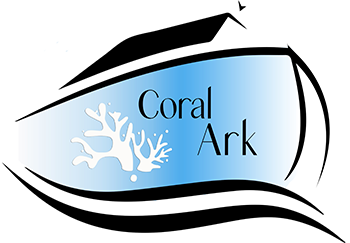Haereticus Environmental Laboratory (HEL), a scientific nonprofit that promotes conservation and restoration of endangered ecosystems through research, education, and advocacy specifically targets coral reefs which are threatened globally. HEL has worked in coral husbandry to preserve coral specimens for future regeneration and has perfected cryopreservation of coral – freezing and preserving coral samples in a “living and reproductively viable state.” Further, HEL scientists developed a method of propagating coral from “near microscopic tissue biopsies”. With all 800-plus species of coral threatened by increasingly warming and acidifying waters, this technology, albeit expensive, potentially allows scientists to continually create a “book of life,” and facilitates the potential reseeding of coral reefs.
Alternate restoration approaches have focused on coral gamete collection. As hermaphrodites, corals produce both sperm and eggs—but rarely. In the Great Barrier Reef, for example, there are 400 species of coral, each of them reproducing just two nights a year for a mere 40 minutes each time. Collecting coral sperm and eggs is a complicated endeavor and one that varies from species to species requiring a global team to work as quickly as possible. The unpredictability of spawning events in nature and the logistical difficulty of gamete collection makes this technique difficult to scale. Accordingly, the focus on coral gametes alone presents a limited ability to capture and preserve more than just a few coral species which have to be stored under expensive and highly specialized conditions.
On a more local level, there are a plethora of active land-based and offshore coral aquaculture farms throughout the world, many local to the reefs from which the corals are collected. Most of these third world facilities are limited to the specific species diversity of their local reef environments and are not privy to some of the more innovative technologies and equipment available. The aquaculture facilities located in developed countries exist almost entirely for commercial purposes and focus only on the more aesthetically pleasing species that dominate the trade. Additionally, they are not able to access the wide variety of threatened species that are simply not available for commercial collection and transportation.


